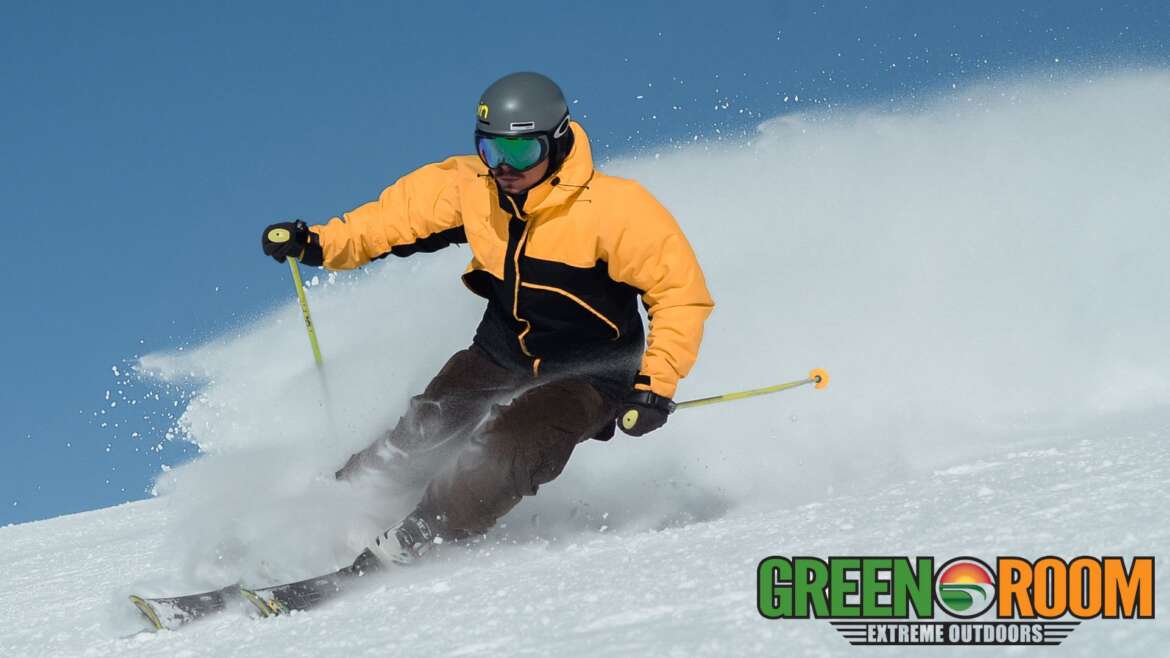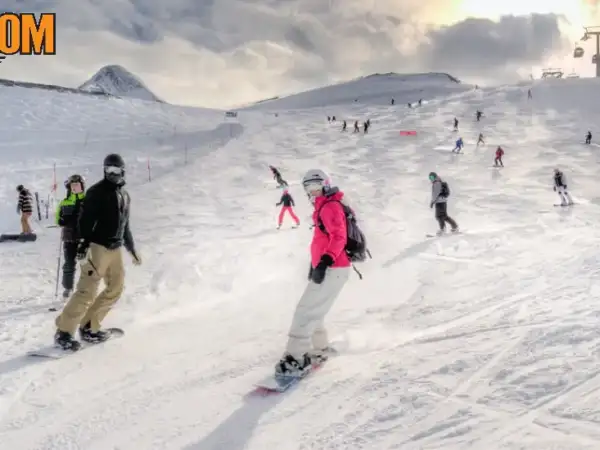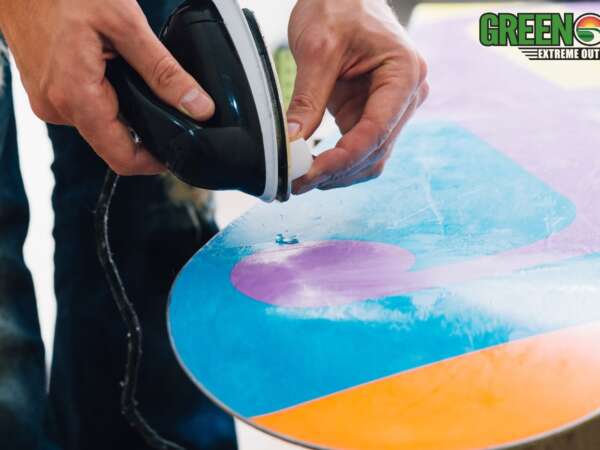For skiers of any ability level, choosing the right ski trail can make or break your day on the slopes.
Between the grooming, pitch, width, and length of a trail, there are several factors to consider when deciding which runs to take. This guide will walk you through how to pick the perfect trails to match your skill level and preferences.
Assess Your Skiing Ability
The first step is honestly assessing your technical skill and comfort level on skis. Be realistic about which types of trails you can confidently navigate.
Beginners should stick to green circle-rated trails, which are wider and have a shallow incline that allows you to control your speed.
Intermediate skiers can start venturing onto more narrow blue square trails with steeper gradients that require turns to control velocity. Black diamond trails are best suited for advanced levels who are comfortable with icy, narrow terrain and moguls.
It’s better to start conservatively and work your way up to more difficult trails than get stuck halfway down a run that is beyond your ability.
Consider the Trail Grooming
Well-groomed trails are ideal for beginning and intermediate skiers, as they have even surfaces free from bumps and ruts.
They allow you to work on technique rather than worrying about uneven terrain.
Advanced skiers may find perfectly groomed trails less appealing, seeking out the bumps and crud for a more challenging ride. Pay attention to grooming reports and trail maps to find slopes suited to your preferences.
Catch the Trail Width
Wider trails allow for easier turns with less chance of obstacles nearby. Trails specifically designed for beginners can be twice as wide as advanced black diamond terrain. Measure your comfort navigating different widths when deciding which run to take.
Narrow trails leave little room for error and require more technical ability. Venture onto very narrow trails like single-track glades only when you have complete confidence in your skiing.
 Consider the Pitch
Consider the Pitch
The pitch or steepness of the trail significantly impacts difficulty and speed. Beginners should choose trails with a 10 percent incline at most while experts seek out black diamond runs pitched at 40 percent for a true thrill ride.
When possible, walk along a trail to visually inspect the pitch before skiing down. Also pay attention to trail maps, which often quantify steepness for marked runs.
Watch Out for Ice
Ice can form readily on trails in frigid temperatures or in the shade of trees and peaks.
Trail iciness can exaggerate difficulty and become advanced terrain even if other characteristics seem beginner-friendly.
Check ski reports closely for icy trail warnings and consider them before venturing out.
Following these guidelines can lead you to trails best aligned with your skiing aptitude and comfort level.
Be conservative until you develop confidence to take on more difficult runs.
No matter what, choose trails that allow you to be in control so that you can maximize the fun! With the wide variety of ski terrain options, you’re sure to find slopes perfectly tailored just for you.
So, put on your goggles and tune up your gear
rent some ski equipment and ride without fear.




